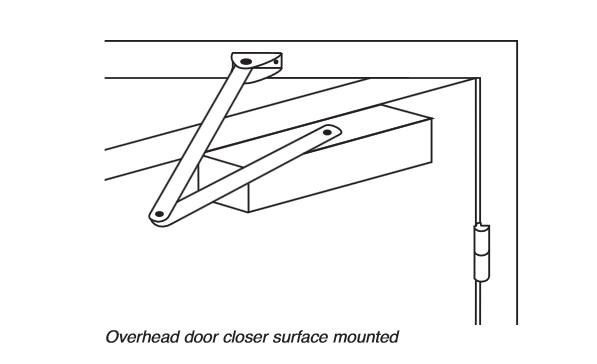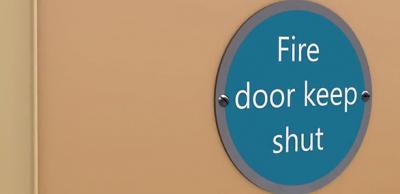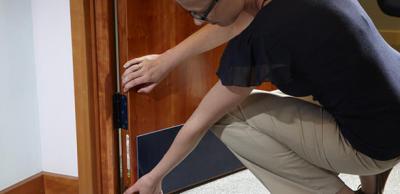New guide: Door closers on fire doors
Controlled door closing devices are commonly used in both domestic and commercial buildings. But did you know these devices have limitations when it comes to their effectiveness on fire doors? Installing the wrong device could prove costly or even fatal.
A new guide from the Door and Hardware Federation (DHF) offers useful information detailing key operating and performance statistics for fire door closers based on the requirements of BS EN 1154, which classifies door furniture using a six-digit coding system. The coding system covers type of use, mass of the door, fire behaviour, and resistance to corrosion.
There is a fire behaviour grade ranging from 1-4 that you must take note of when considering the mass of the door being used. Only those door closers achieving grade 3/4 are acceptable on a fire door. Lower-rated closers do not have sufficient closing power to ensure they will remain closed in fire situations.
Important considerations for door closers
- The door closer must be installed in accordance with the manufacturer’s installation instructions and should be capable of closing the door from any angle to which it may be opened
- The door closer should not include a hold open device unless it is an electrically powered device in accordance with EN 1155
- Control regulators should be either concealed or operable only by means of a tool
- The design of a door closer should be such that it is not possible to inhibit its closing action in any way without the use of a tool
- Any ‘delayed action’ function should be capable of adjustment to less than 25 seconds between the door closing angles of 120° and the end of the delay zone
- The door closer should have been incorporated in a door assembly that satisfied the appropriate criteria of a fire test. The test should have been on a full sized assembly in accordance with EN 1634-1.
- Where the door closer is intended for use with other, significantly different arm assemblies (for example slide tracks) which may be supplied separately, that combination should also be tested according to the requirements of EN 1154.
More details on the guide can be downloaded free of charge from the DHF website.
Sign up to the building bulletin newsletter
Over 48,000 construction professionals have already signed up for the LABC Building Bulletin.
Join them and receive useful tips, practical technical information and industry news by email once every 6 weeks.
Subscribe to the Building Bulletin




Comments
Hidden door closer
Submitted 6 years 6 months ago
Reply
Submitted 6 years 6 months ago
The fire door must be installed with fittings as incorporated in the tested example.
The door closer should have been incorporated in a door assembly that satisfied the appropriate criteria of a fire test. The test should have been on a full sized assembly in accordance with EN 1634-1.
So only if those conditions are met will it satisfy fire regulations!
Regards,
Julie, LABC
Old house
Submitted 6 years 6 months ago
What is the norm for those cases ?
Reply
Submitted 6 years 6 months ago
Installing a stronger closer should help.
Thanks,
Julie, LABC
Irresponsible
Submitted 6 years 6 months ago
A strong closer indicates that the power size according to BSEN1154 should be increased.
Without further background information, prescribing "a stronger closer" is dangerous. It may be better to install air transfer grills (which can be aesthetically sympathetic with the building's historical environment). The fact is, we can't just prescribe a certain method for what could be a life or death situation without carrying out a full assessment of the unique situation.
Door CLosers Removed
Submitted 6 years 4 months ago
Thanks
Greig.
Door closers removed
Submitted 6 years 4 months ago
Door closer on fire rated store door
Submitted 6 years 4 months ago
Door closer on fire rated store door
Submitted 6 years 4 months ago
Hidden door closer
Submitted 6 years 2 months ago
Ychwanegu sylw newydd